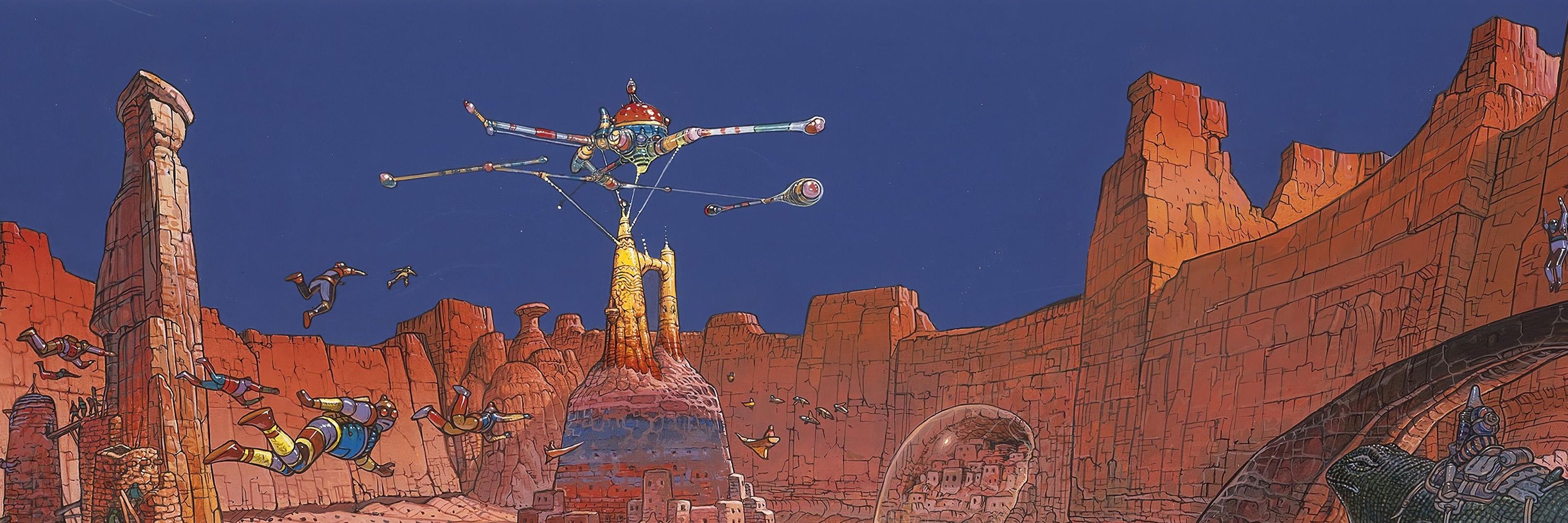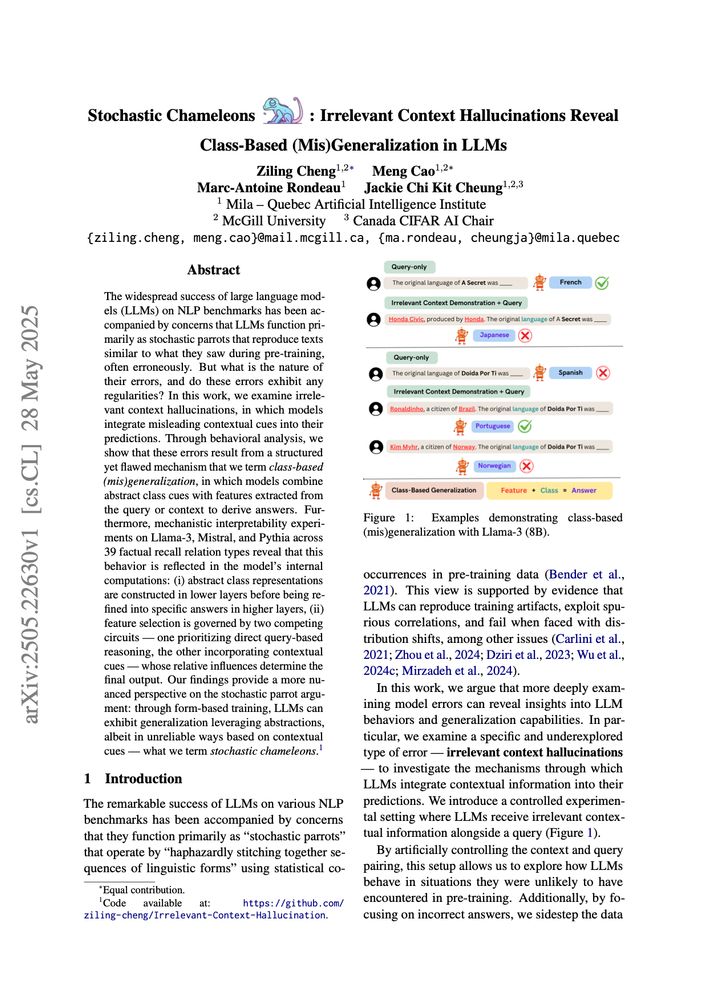Andrei Mircea
@mirandrom.bsky.social
230 followers
150 following
20 posts
PhD student at University of Montreal // Mila ··· mechanistic understanding of LLMs + Human-AI collaboration for science ··· http://mirandrom.github.io
Posts
Media
Videos
Starter Packs
Pinned
Andrei Mircea
@mirandrom.bsky.social
· Aug 1
Andrei Mircea
@mirandrom.bsky.social
· Jul 12
Andrei Mircea
@mirandrom.bsky.social
· Jul 12
Andrei Mircea
@mirandrom.bsky.social
· Jul 12
Reposted by Andrei Mircea
Andrei Mircea
@mirandrom.bsky.social
· Dec 15
Andrei Mircea
@mirandrom.bsky.social
· Dec 15
Andrei Mircea
@mirandrom.bsky.social
· Dec 15
Andrei Mircea
@mirandrom.bsky.social
· Dec 15
Andrei Mircea
@mirandrom.bsky.social
· Dec 15
Reposted by Andrei Mircea
Reposted by Andrei Mircea
Reposted by Andrei Mircea

















